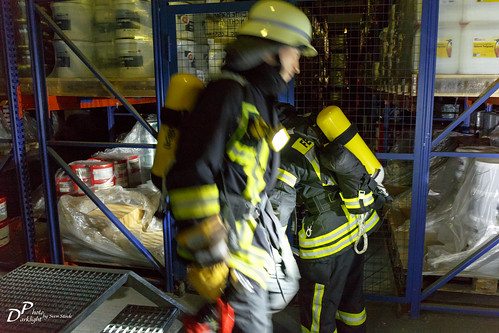Vitrogen  Life Technologies) at for min. The reactions {were|had been
Life Technologies) at for min. The reactions {were|had been
Vitrogen Life Technologies) at for min. The reactions have been treated for min at to inactivate the enzyme. To remove RNA complementary for the cDNA, units of RNase H (Invitrogen Life Technologies) had been added and incubated at for min just before RT-PCR and Q-RT-PCR experiments have been performed. RT-PCR for various genes was performed at (annealing temperature) and PubMed ID:http://www.ncbi.nlm.nih.gov/pubmed/24916015?dopt=Abstract the amplicon solutions analyzed on agarose gels stained with ethidium bromide. The qRT-PCR quantifications were performed on the cDNA obtained employing l umes in well PCR plate format. The reactions had been carried out with iQTM SYBRGreen Supermix based on the manufacturer’s directions withM primer concentration. Termocycling was carried out working with a MyiQTM Single-Colour Real-Time PCR Detection Program (BioRad Laboratories). Cycling parameters were initially min at followed by NS-018 (maleate) biological activity cycles of s, s and s. Every run was completed with a melting curve evaluation to confirm the specificity of amplification and lack of primer dimers. Amplification plot and predicted threshold cycle (Ct) val-Sequencing reactions had been performed from plasmid minipreps extracted by the automated pipetting program epMotion VAC (Eppendorf). Sequencing was made employing dye terminator cycle sequencing reactions and run in an ABI Prism xl sequencer (Applied Biosystems). Sequences had been analyzed and assembled applying SeqMan (DNASTAR package application, LASERGENE Madison, WI) and Phred-Phrap-ConsedAnnotations had been generated by an automatic pipeline that applied Glimmerto predict genes along with a combination of BLAST searches against the NCBI and Swissprot non redundant protein databases to recognize putative functions. Also, sequences were also analyzed by utilizing RPSBLAST (NCBI) to assign the predicted gene products to protein households according to the schemes on the COG, PFAM, Smart and PRK databases. We’ve now sequenced the entire microarray clone library and we’ve generated an annotated genome sequence draft from L. ferrooxidans (to become published elsewhere). By mapping the clones onto the genome draft we are able to easily recognize gene annotations associated with each probe on the microarray (Extra file Figure S).Further materialAdditional file More discussion, tables and figures Additional discussion concerning: the upregulation of genes inved in other functions like sugar metabolism, pentose-phosphate pathway, and oligopeptide ABC transporters. Extra Tables from S to S Added figures from S to S Further references. Additional file DNA sequences from the genes from More file Table S. Authors’ contributions MMP carried out the sampling, RNA, microarray operate and analysis, and RT-PCR and qRT-PCR experiments; MJG carried out the sequence annotation and participated in microarray analysis; AA contributed in sequence analysis and in silico metabolic research; and VP participated in sampling, microarray evaluation and wrote the paper. All authors study and authorized the final manuscript. Acknowledgements We thank Marina Postigo and Noem varez for DNA sequencing operate in the Sequencing and Bioinformatics Unit at Centro de Astrobiolog (CAB), Miriam Garc -Villadangos for great technical operate, and Francisco L ez-de Saro for the critical revision with the manuscript. This perform was supported by grant No. ESP- in the Spanish Ministerio de Ciencia e Innovaci (MICINN).Moreno-Paz et al. BMC Genomics , : http:biomedcentral-Page ofAuthor Information Division of Molecular Eution, Centro de Astrobiolog (INTA-CSIC), Carretera de Ajalvi.
